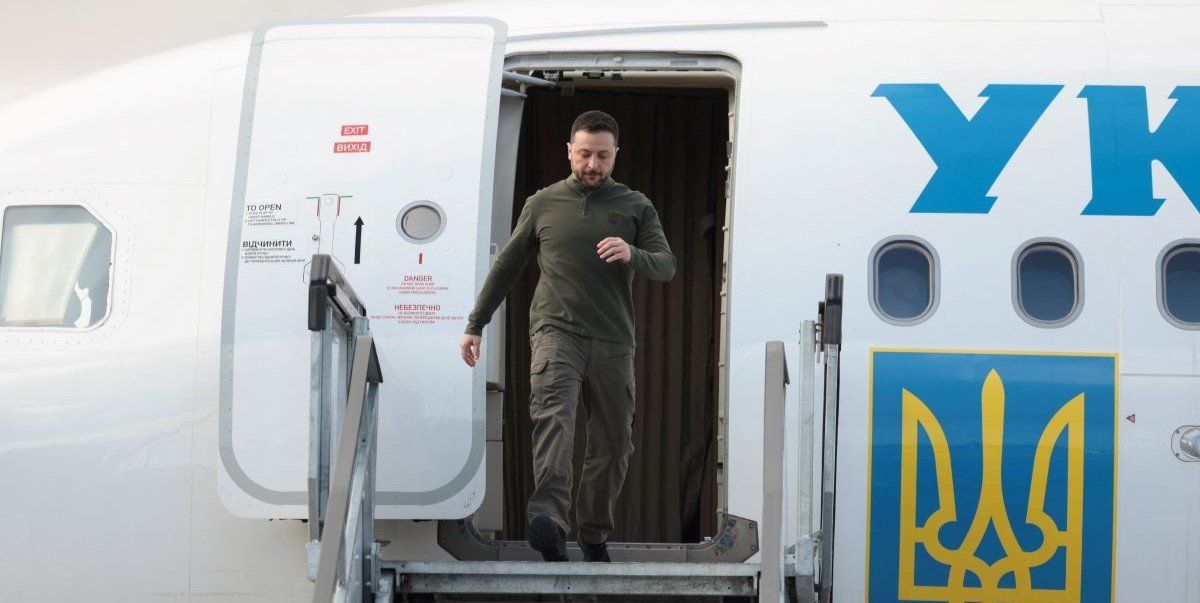For all the anxiety in Ukraine and across Europe about direct Donald Trump-Vladimir Putin ceasefire negotiations, other players in this drama are now having their say. French President Emmanuel Macronmet with Trump at the White House on Wednesday. On Thursday, it was UK Prime Minister Keir Starmer’s turn toglad-hand and bargain with the US president. And today, the diplomatic music will reach a crescendo with a visit to the White House by Ukraine’s President Volodymyr Zelensky.
The most important question that everyone is grappling with: What kind of security guarantee can and will Trump and/or European leaders offer Ukraine to limit the risk that a deal to end the fighting won’t stop Putin from launching a future invasion?
Trump insists Ukraine isn’t strong enough to evict Russian troops from the approximately 20% of Ukrainian territory they now hold. But if Zelensky is to consider territorial concessions as the eventual price of peace, he must show Ukraine’s people that their country will maintain strong-enough friends with strong-enough militaries and stiff-enough backbones to repel any future Russian attack.
One lesson we’ve learned from the past two months: It matters little what any of these leaders say publicly about what they consider acceptable or unacceptable. That’s part of the diplomatic haggling. All that matters is the written language of any agreement they might reach and the ability and willingness of outside players to enforce it. For that, we’ll have to keep watching.
